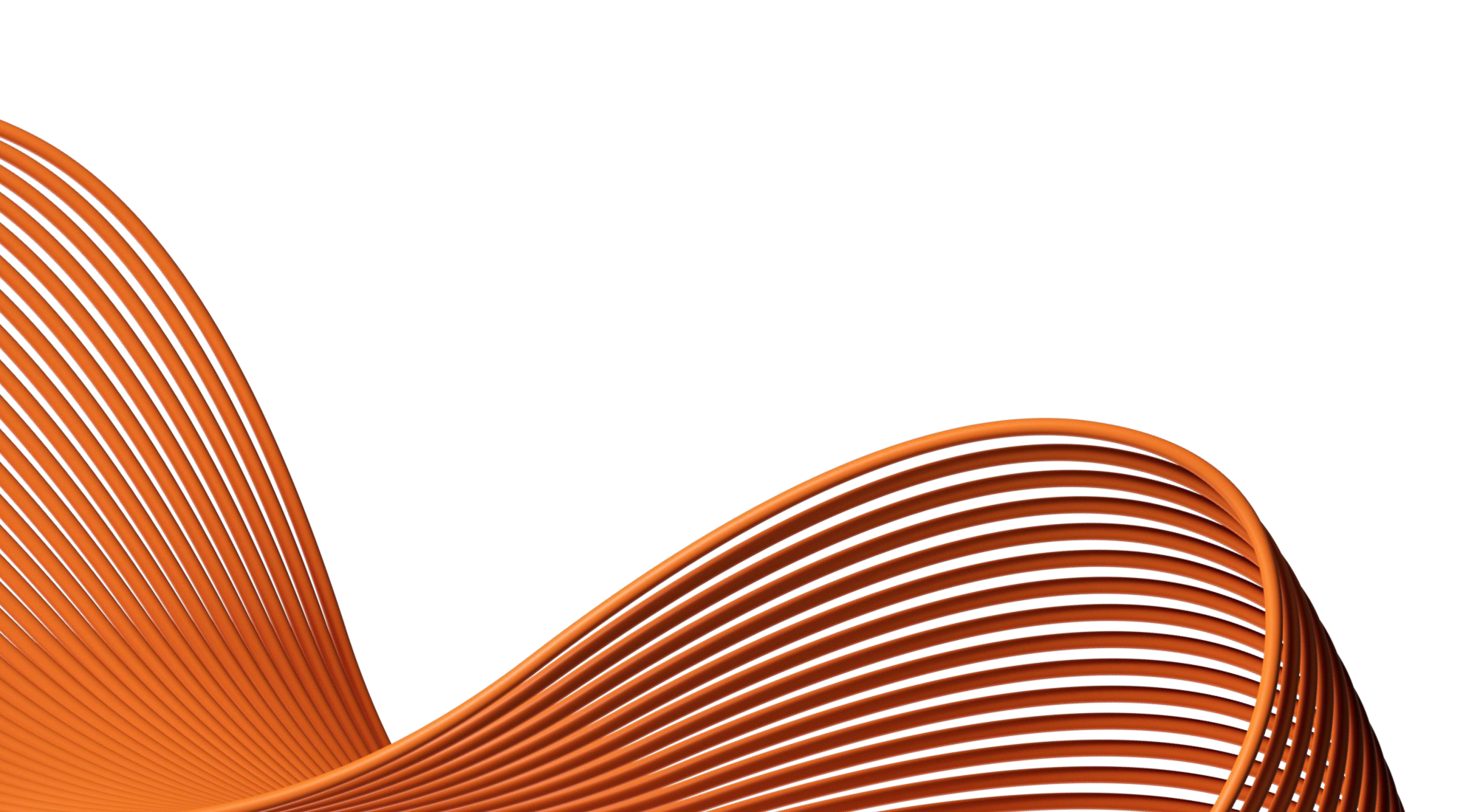- Our Products
- Upper Extremity
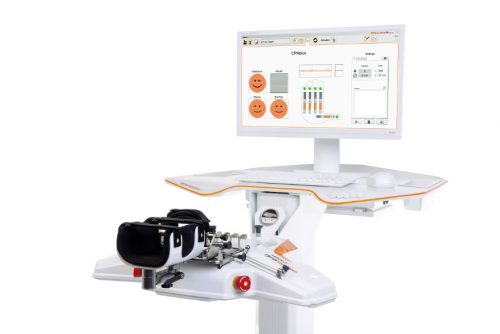 Amadeo Finger-Hand-Rehabilitation
Amadeo Finger-Hand-Rehabilitation
Amadeo is giving hands back their grip and fingers their finesse. Patients who are barely able or unable to grasp can perform hundreds of robot-assisted grasping movements. It won’t train a new Mozart. But it will help patients return to the piano, handwriting Christmas cards, and grabbing life firmly by the horns.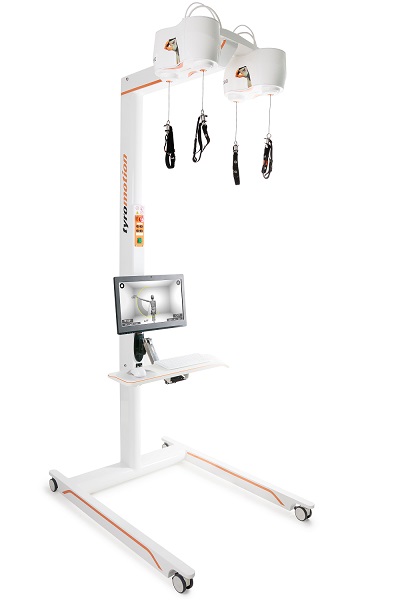 DiegoShoulder-Arm-Rehabiliation
DiegoShoulder-Arm-Rehabiliation
Diego is designed to strengthen what’s important. Whether proximal or distal training, Diego purposefully supports the rehabilitation of natural motion, allows the handling of everyday objects to be relearned, and is usable by adults and children alike.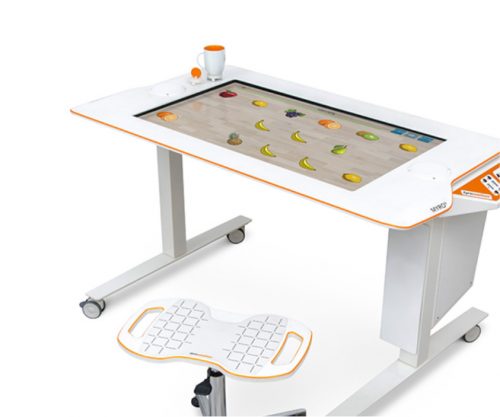 Myro Interactive and task-specific therapy
Myro Interactive and task-specific therapy
Myro is made for making humans get better! The sensor-based surface enables task-oriented rehabilitation with real objects, trains the patient’s cognitive abilities, and improves motor abilities of the upper extremity.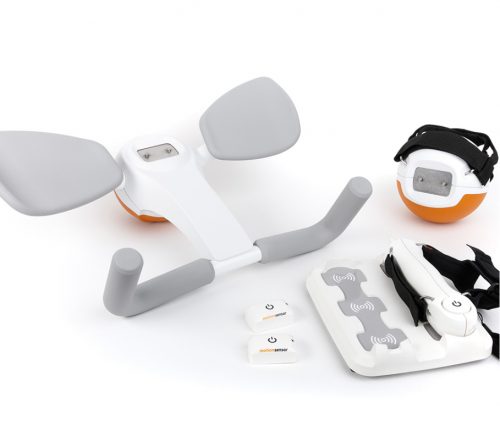 Pablo Upper Extremity Rehabilitation
Pablo Upper Extremity Rehabilitation
As a multifunctional rehabilitation device with comprehensive accessories, Pablo enhances classical therapy exercises with biofeedback, objective assessments, and gamification. It won´t train the next Picasso. But it will help patients to take back control of their lives.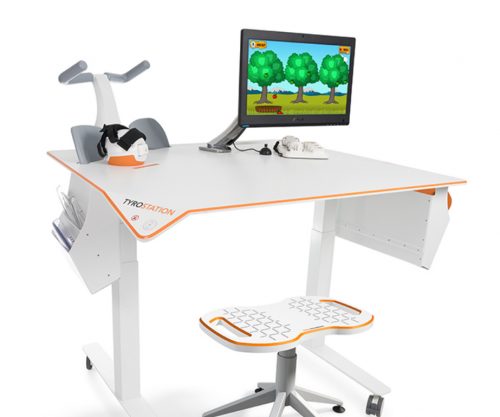 Tyrostation The perfect therapy setting
Tyrostation The perfect therapy setting
The Tyrostation is home to all components of Pablo and Tymo and provides ergonomic adaptability for patients. Sometimes, it´s about the little things in life – or therapy.
- Lower Extremity
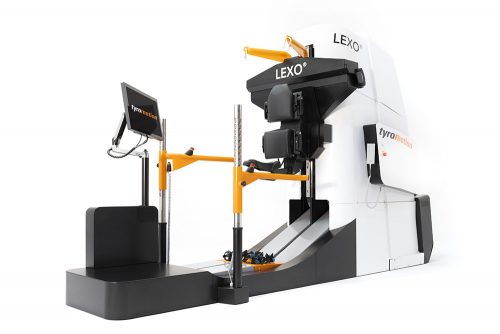 LexoGait and Locomotion
LexoGait and Locomotion
Lexo is a revolutionary gait trainer and impresses with fast setup, high patient activity and optimal trunk support. It encourages active participation and enables therapists to focus fully on their patients.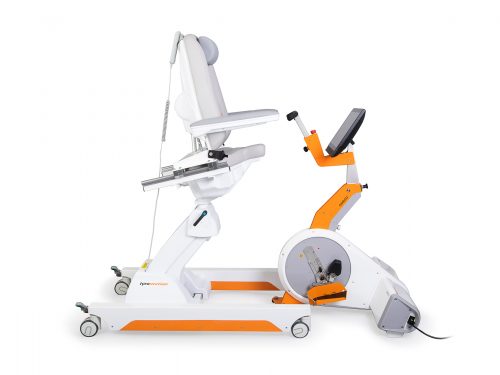 Omego Plus Gait training for the goals across all phases
Omego Plus Gait training for the goals across all phases
More than just a therapy bike! Omego Plus combines uni- and bilateral leg training, leg press, stepper, cycling & foot lift training in one device. Stride stronger with Omego Plus!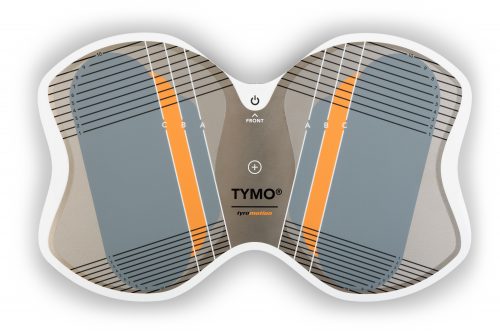 Tymo Balance training and postural control
Tymo Balance training and postural control
Small but powerful! Tymo is a versatile measurement and therapy system for the whole body. In addition to the standing position, Tymo offers a wide range of options for maximum variety during therapy.
- MTT-Line
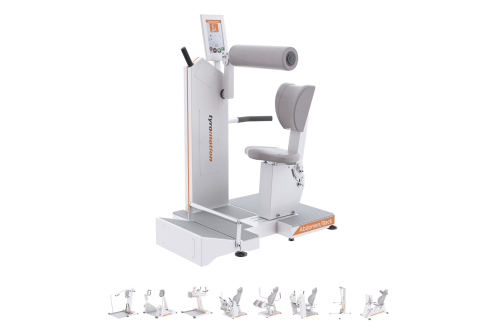 MTT-LineMedical training therapy
MTT-LineMedical training therapy
Get back in the game with the MTT-Line! The Medical Training Therapy devices are specifically designed to strengthen the six major muscle groups of the human body. Barrier free and maximum adjustability make the devices accessible for all types of patients.
- Software
 Maya Therapy Platform
Maya Therapy Platform
Maya reduces paperwork, standardizes documentation, and automates reporting, making administration effortless and efficient. Designed for therapists to work wonders!
- Upper Extremity
Rehabilitation
Neuroplasticity – How learning and rehabilitation work
28. March 2022 ● 4 min. Reading time
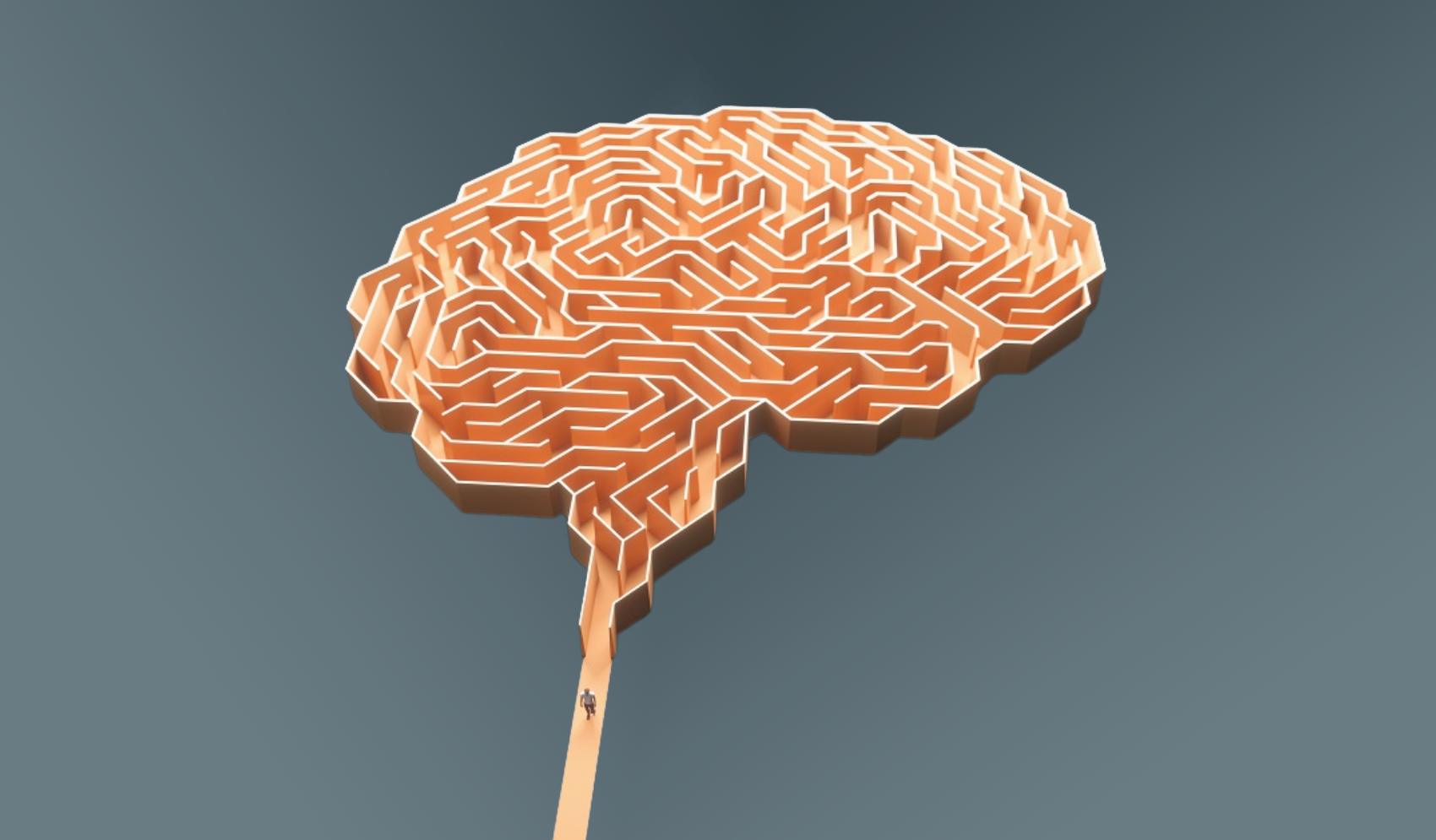
How our brain, spinal cord, and body communicate
The peripheral nervous system extends throughout our bodies like a network. It acts as a “scout” and reports external information to the spinal cord and on to the brain. Simultaneously, it forwards instructions from the brain through the spinal cord to the arms, legs, and other parts of the body. The nervous system and the body are in constant communication, using electrical signals.
The following are examples of how the central and the peripheral nervous systems work together:
- Our skin contains cells that are part of the peripheral nervous system. They send information via the spinal cord to the brain, such as the ambient temperature. When the brain receives the information “it’s hot,” it activates the sweat glands to cool the body down. When it gets the information “it’s cold”, it triggers muscle contractions to heat the body through shivering.
- Our nose is also part of the peripheral nervous system, detecting smells. The brain identifies the smell and reacts accordingly. Based on previous experiences, the smell of fresh cake stimulates our appetite.
Brain plasticity or how we learn
Imagine our brain and spinal cord like a network of roads – some are used all the time, and some are hardly used at all. Motorways form the busiest roads. Routes seldom used fall into disrepair and become narrow paths with a cracked surface.
After a neurological injury, we need to start using the narrow paths more often to turn these into motorways. Slowly but steadily, the human brain and spinal cord start to improve these paths and create new motorways.
In neuroscience, the term “plasticity” refers to the brain’s and spinal cord’s ability to modify its cells’ architecture, structure, and function. The brain and spinal cord are adaptable like plastic. Hence the term “neuroplasticity”.
Do you remember what it was like to drive a car for the very first time? Placing the clutch, selecting a gear, looking over your shoulder to keep an eye on traffic – all of that can be very overwhelming. After gaining experience over time, driving happens virtually automatically. This is neuroplasticity at work!
How the brain and spinal cord change
Neurogenesis – continuous formation of new nerve cells (no matter the age!)
New synapses – new experiences create new nerve cell connections
Enhanced synapses – frequent repetition and practice strengthen nerve cell connections
Weakened synapses – unused connections become weaker or even inactive
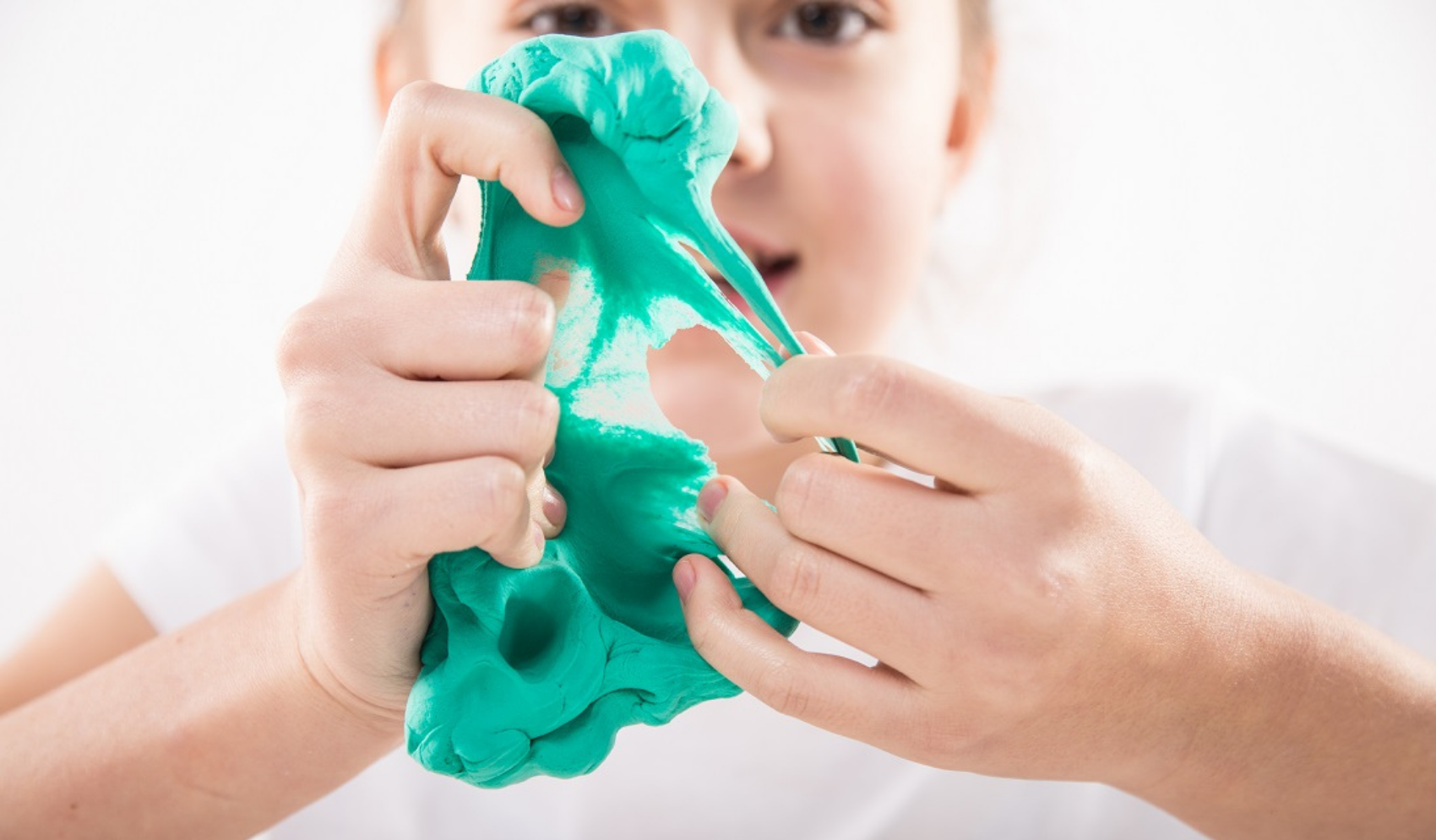
Using the neuroplasticity principle in the rehabilitation process
A stroke, a traumatic brain injury (TBI), or a spinal cord injury (SCI) cause damage to some brain regions or to the spinal cord. To return to the metaphor: the neurological damage causes road closures. Depending on which brain or spinal cord areas are affected, either the roads from the brain to the body (efferent nerve fibres) or from the body to the brain (afferent nerve fibres) become hard to navigate. The results are paralysis, spasticity, and/or perceptual disorders.
Learning and training change the brain and spinal cord. The nervous system looks automatically for new routes if one road is closed. The more frequently we use these new roads, the broader they get, and the more navigable they become.
After a stroke, movement of the fingers may be limited. Targeted training during rehabilitation may stimulate new and/or improved connections to form. Improved neuropathways may make it possible to move the fingers once more.
This phenomenon is well known by musicians. Research has shown that in players of bowed instruments, the areas in the cerebral cortex controlling finger movements are larger than in individuals who have never learned to play an instrument. Practice makes perfect! This training principle applies to rehabilitation as well.
Neurological damage can feel final. But they may not be. Depending on the severity of the injury or disease, the nervous system can change and adapt.
Talk with your physician about the possibility of improved function via neuroplasticity after neurological damage or disease.
Author: Michaela Partel
Sources:
Annunciato, N. (2021). Training: Plastizität des Nervensystems. Vienna: Physiozentrum für Weiterbildung
De Gruyter, W. (2017). Pschyrembel. Klinisches Wörterbuch. 267th edition Berlin / Boston
Nowak, D. (2011). Handfunktionsstörungen in der Neurologie. Würzburg: Springer Verlag
De Marées, H. (2003). Sportphysiologie. Köln: Sportverlag Strauss
Increased Cortical Representation of the Fingers of the Left Hand in String Players, 1995
You might also be interested in
4. April 2023
Health
Rehabilitation
Stroke nutrition guidelines for optimal health
Nutrition as the key part in health and well-being of stroke survivors A healthy, balanced …
21. March 2023
Rehabilitation
Kinesio taping in neurology as a useful therapy supplement
The Kinesio tape and its usefulness in neurological therapy What was originally known only from …
7. March 2023
Rehabilitation
Exercises against freezing of gait in Parkinson’s disease
When the legs freeze – how does the symptom “Freezing of Gait” manifest itself? Parkinson’s …



 Contact
Contact 

 Contact
Contact 